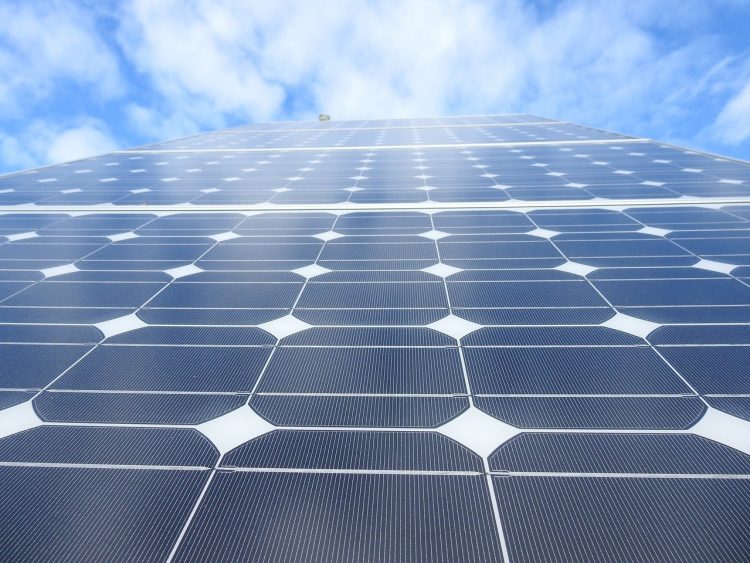We all know that the increase in the usage of affordable and clean energy by companies, organizations, and individuals has been encouraged increasingly in the recent past due to the pollution of the environment by the combustion and overuse of fossil fuel energy globally.
Benefits of Clean Energy
Clean energy, which is more times than not renewable energy, has various benefits, grouped under social, economic, and environmental benefits. Some of the most important ways to use clean, renewable energy affect society are the improvement of living standards, the increase of life expectancy in the long run, and the provision of job opportunities for the local community in the manufacturing and installation processes, and more.
Some of the main benefits of the utilization of clean energy for the environment include the reduced usage of the Earth’s resources that are depleting, the reduction of the global carbon footprint as these energies do not produce greenhouse gas byproducts, and the increase of awareness of the actual damage of climate change, internationally. The economic benefits of the invention and usage of clean energy systems include the decrease in maintenance costs and the costs of extraction, import, and export of fossil fuels for energy. On a long-term basis, the economic wealth of the nation increases as the number of people hospitalized reduces as the air quality increases due to the increased usage of clean energy.
Where it All Began
With the increased importance on the future of affordable and clean energy, people often forget the long and hard road traveled by researchers, scientists, and inventors to reach the point of science and technology we have come as a global community today. The first glimpses of defining and invention of clean energy started around 2000 years ago with the creation of the ‘waterwheels,’ which proved as the starting point for the design of technology that utilizes hydropower to generate electricity and power. Waterwheels used the kinetic energy of moving water and converted it into mechanical ability to allow for the functioning of any automated device attached to the system.
The next technology that made its debut in the clean energy systems were windmills in the Middle East and Central Asia around 635 AD but found its hike in popularity in the European countries around the 1590s. These tower turbines have a rotor shaft connected to giant blades that spin if the force of the wind is strong enough to do so.
1860 saw the invention of today’s most popular method of using affordable and clean energy, the solar energy system. The world’s first solar energy system, called a ‘sun meter’ by the inventor, was created by Augustin Mouchot in France. 1876 saw further advancements in the inventions of the solar power field by the research and demonstration by Professor William Grylls Adams and his understudy in London. They proved how the incorporation of selenium cells in the solar power system could capture the sun’s rays and convert this energy into electricity to be used to different power appliances.
History and Developments of the Solar Inverter
Aside from the solar panels, the most crucial part often considered the brain of the modern solar power system is the solar inverter. It uses the inversion process to convert the direct current or DC to alternating current or AC power. The invention of the solar inverter or the photovoltaic inverter (PV inverter) owed its existence to the stories and work of the great scientist and inventor Nikola Tesla. The first solar inverter made its debut in the world later in the 19th century. The advancements in its technology and development of various types and models made their way through the 20th century.
The modern solar inverter was developed and created in the year 2000 by the scientists of New Mexico. Before this invention, solar-powered systems and solar inverters were not the first options by organizations and companies when it came to power their buildings and appliances due to the number of attached safety hazards it was known for. To work on the solar power system for repair or maintenance checks, the handyman would have to de-energize the system to ensure that electricity (in high voltages) was not continuously passing through the system and not in harm’s way while they worked.
But often, this was not a given, and electricity used to continue passing through the system, posing as a fatal safety hazard for passersby and those working with the system. The model created in the year 2000 at the Sandia Laboratories, New Mexico, had a way to notify the solar power system that a line was de-energized for some work or other reason, which forced the system to shut off all power production. This prevented electricity from flowing through it as long as the system remained de-energized. This system was also known as the ‘non-is landing inverter.’



